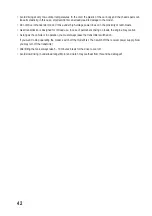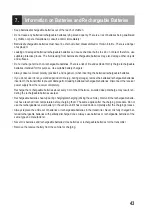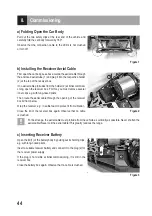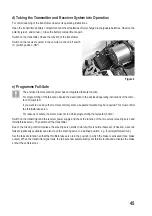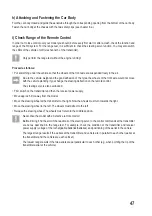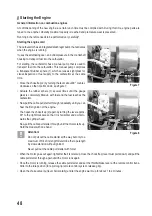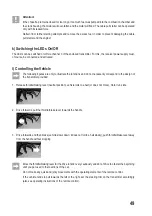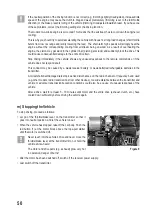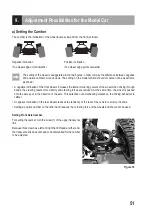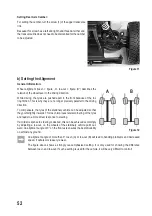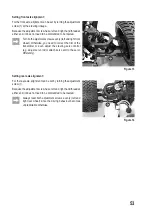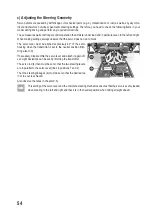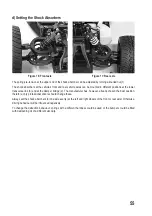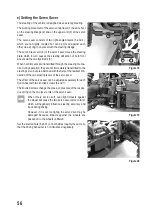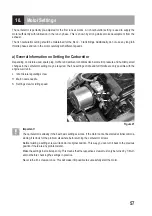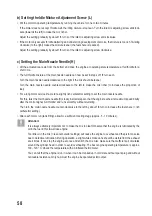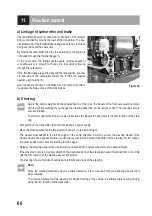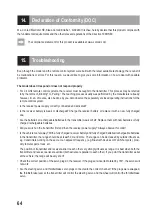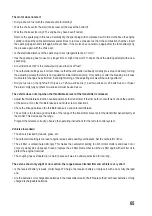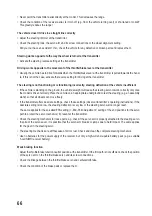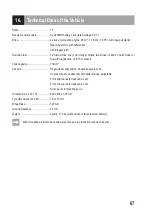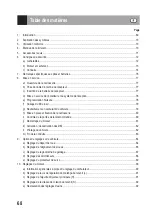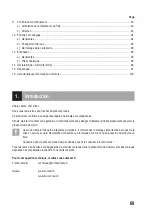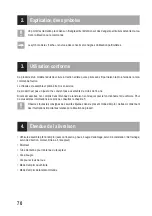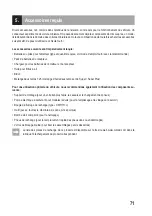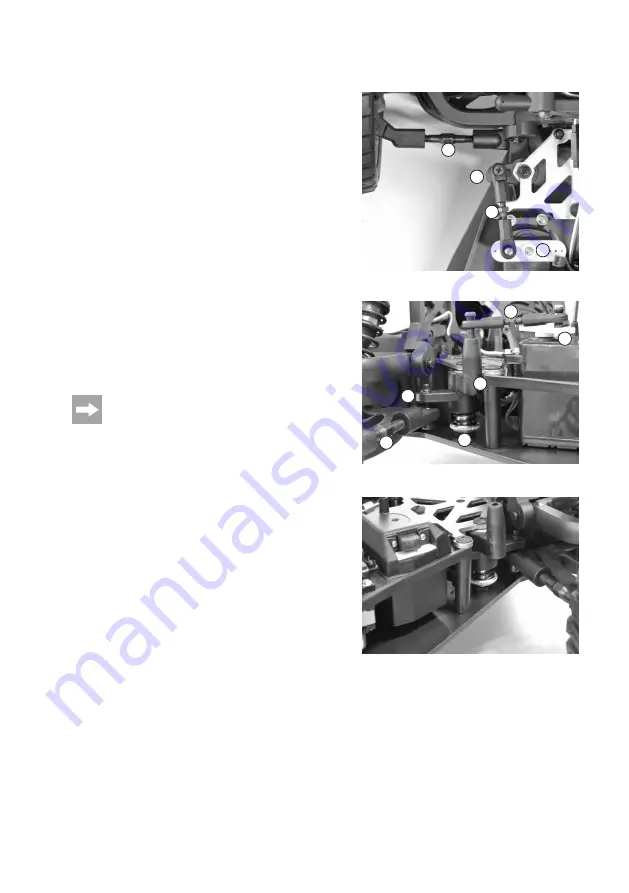
56
e) Setting the Servo Saver
The steering of the vehicle is designed as an axle leg steering.
The pivoting movement of the servo control lever (1) has an effect
on the steering linkage (2) and on the upper arm (3) of the servo
saver.
The servo saver consists of two right-angled levers (3 and 4),
which are not rigidly coupled but can be moved against each
other via a spring in one level with the steering linkage.
The second lever arm (4) of the servo saver moves the steering
plate which in turn causes the steering deflection of both front
wheels via the two track rods (5).
When hard impacts are transmitted through the steering mecha-
nics during operation, they are not immediately transmitted to the
steering servo, but are absorbed with the help of the resilient con-
nection of the two steering levers of the servo saver.
The effect of the servo saver can be adjusted separately for each
front wheel with two knurled screws (6 and 7).
The knurled screws change the press-on pressure of the respec-
tive spring on the two lever arms of the servo saver.
When this is set too soft, even light impacts against
the wheel will cause the two servo saver arms to twist,
which will negatively influence steering accuracy and
track during driving.
However, if it is set too tightly, the servo drive may be
damaged because impacts against the wheels are
passed on to the wheels unfiltered.
Set the knurled nuts (6 and 7) on both sides roughly the same so
that the driving behaviour is not influenced negatively.
Figure 18
Figure 19
2
1
3
4
5
6
5
3
1
2
Figure 20
Summary of Contents for 1326247
Page 134: ...134 ...
Page 135: ...135 ...

